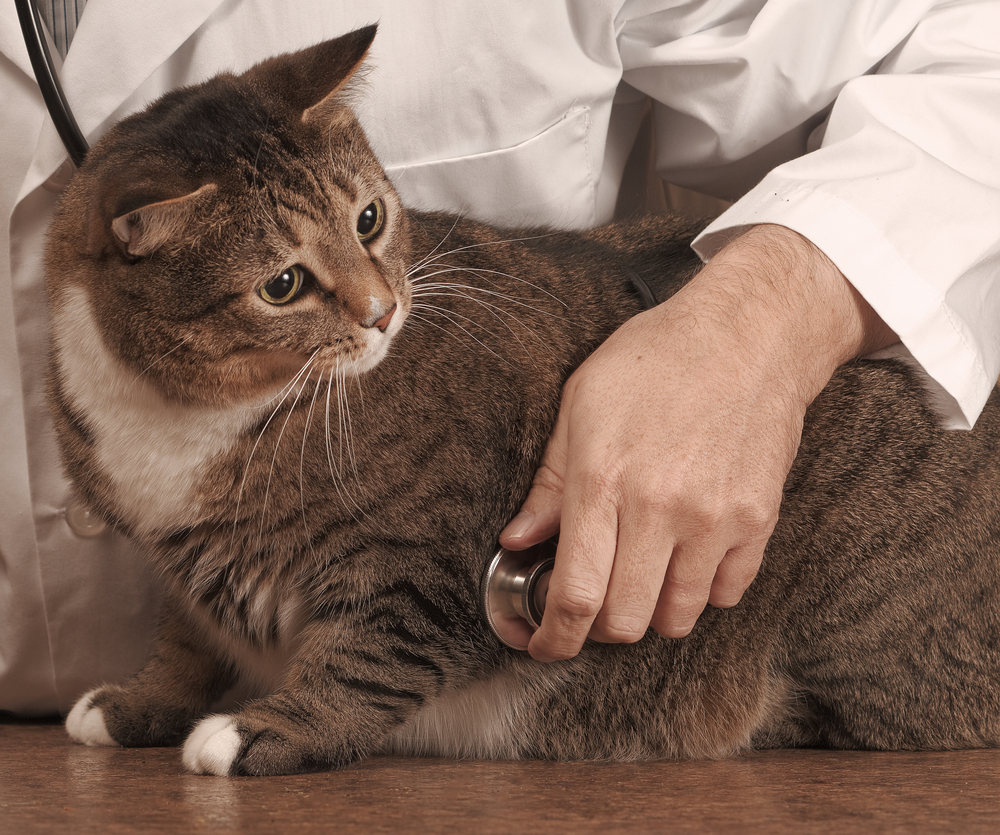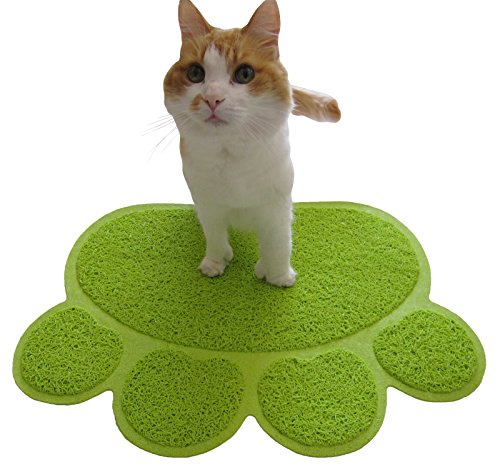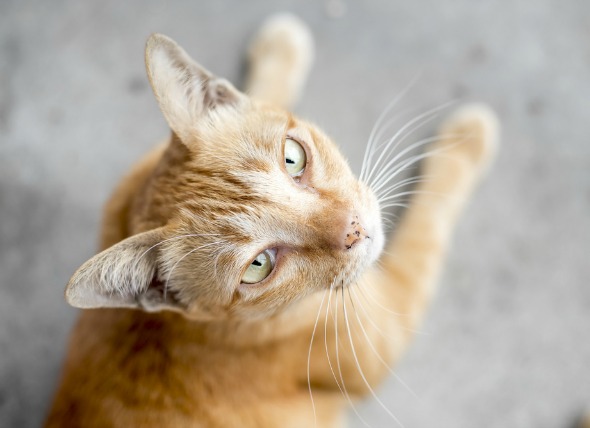Cats are actually able to learn some basic tasks, but understanding their psychology is important. Therefore, cat training is important. Cats respond to praise very well, and will learn tasks that bring them a suitable reward. They also have short attention spans; fetching a Frisbee or stick might keep a Labrador retriever engaged for a whole afternoon, but a typical feline play or cat training session might continue for 5 to 10 minutes.
Cats are intelligent enough to be taught how to use the household human facilities. If the owner wishes to take the time to train them, it will take a lot of patience, and the understanding that most can be successfully trained. They may have been taught by their mother to scratch in litter, sand, or soil, but they will learn to love the clean facility.
Young cats are obviously not trained to use the litter box, but older cats can be trained successfully. There are special potty training kits for kitten training, but a simple handmade system will work just as well. If you add a very small amount of vinegar or lemon juice to the water it will help to minimize the strong cat urine smell.
Initially, you set the box by the toilet. After it's sat there for a while, you should gradually raise it off the floor using a solid support base. When the cat is comfortable with that, set the litter box on top of the toilet seat. The final step is to start using the human toilet surface.
The first step in this process is to take a large metal surface and affix it between the seat and base of the toilet. This surface should be covered with a small amount of litter under the seat hole. Once the animal is comfortable with this set up, you can begin to open the tray. Eventually they will end up standing on the seat. To reinforce this habit, remember that the lid must always be left up!
Some owners even teach their cat to walk along at the same time as the dog goes for a walk. Remember to keep the walks short, and praise the cat when they move forward when you call their name. Leash cat training is more easily done in kittens than with adults. If the cat appears to have tired, it is fine to pick them up to help them home. Don't expect the cat to stay neatly by your side. They will want to meander a bit, and may make periodic stops to gnaw a bit of grass.

 Excess Protein in the Cat's Urine
Proteinuria in Cats
While in some cases abnormall
Excess Protein in the Cat's Urine
Proteinuria in Cats
While in some cases abnormall
 Liver Cancer (Hepatocellular Carcinoma) in Cats
Hepatocellular Carcinoma in Cats
Hepatocellular c
Liver Cancer (Hepatocellular Carcinoma) in Cats
Hepatocellular Carcinoma in Cats
Hepatocellular c
 Constipation (Severe) in Cats
Megacolon in Cats
The colon is the section of lar
Constipation (Severe) in Cats
Megacolon in Cats
The colon is the section of lar
 What Are the Most Common Cat Illnesses?
Cats are very self-sufficien
What Are the Most Common Cat Illnesses?
Cats are very self-sufficien
 Skin Bumps (Papulonodular Dermatoses) Cats
Papulonodular Dermatoses in Cats
Bumps that are f
Skin Bumps (Papulonodular Dermatoses) Cats
Papulonodular Dermatoses in Cats
Bumps that are f